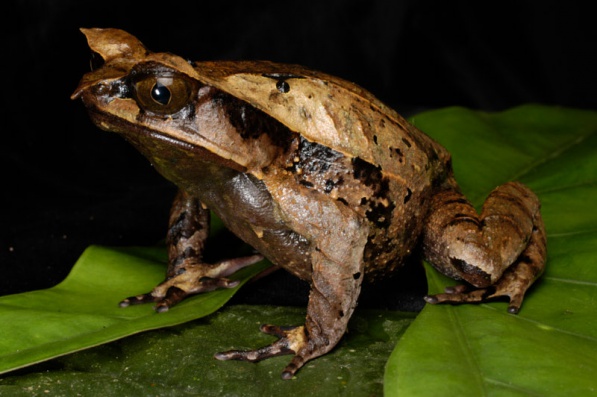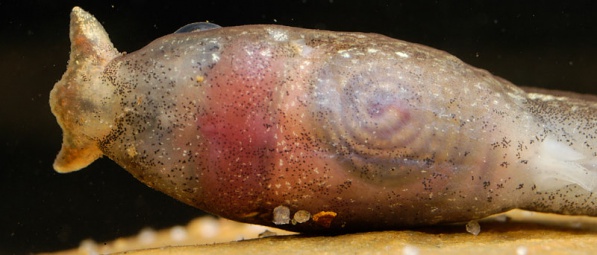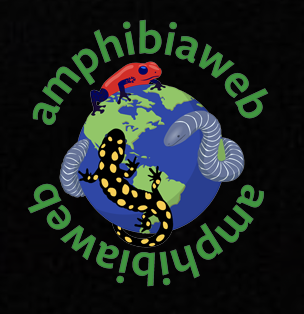
Megophrys kalimantanensis
Kalimantan Horned Frog



Pelobatrachus kalimantanensis has long been confused with the similar P. nasuta. Munir et al. (2019), however, diagnosed M. kalimantanensis from M. nasuta. Pelobatrachus kalimantanensis has a large genetic distance of more than 6.11% in the mitochondrial 16S rRNA gene to each of the other Pelobatrachus species, including P. nasuta. It has much shorter rostral and orbital appendages, and a unique advertisement call. According to the authors, P. kalimantanensis has been recorded from medium to high altitudes of mountain forest in southern and northernmost Borneo. The elevational range and distribution, however, may in fact be more expansive, since we recorded P. kalimantanensis even in a lowland habitat at Mulu National Park.
Snout-vent length 65–101 mm in males, 110–116 mm in females.
Tadpoles are similar to other Pelobatrachus tadpoles in that they possess upward directed, umbelliform mouthparts. Tadpoles are associate with small or medium sized rocky streams.
Munir, M., Hamidy, A., Matsui, M., Iskandar, D.T., Sidik, I. & Shimada, T. (2019) A new species of Megophrys Kuhl & Van Hasselt (Amphibia: Megophryidae) from Borneo allied to M. nasuta (Schlegel, 1858). Zootaxa 4679, 1–24.




